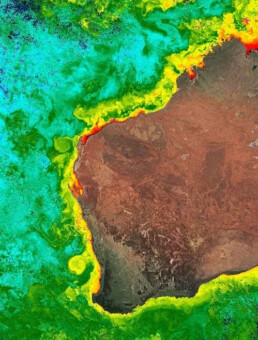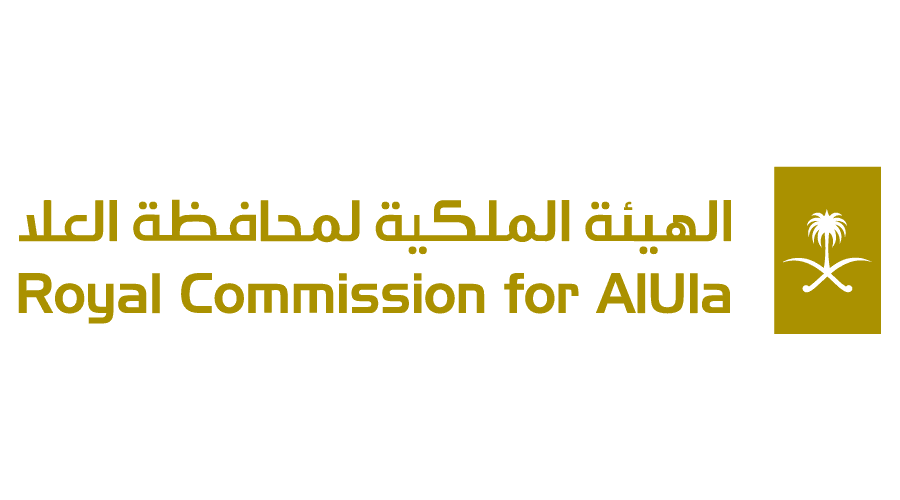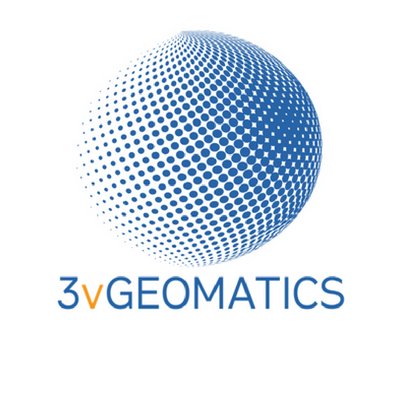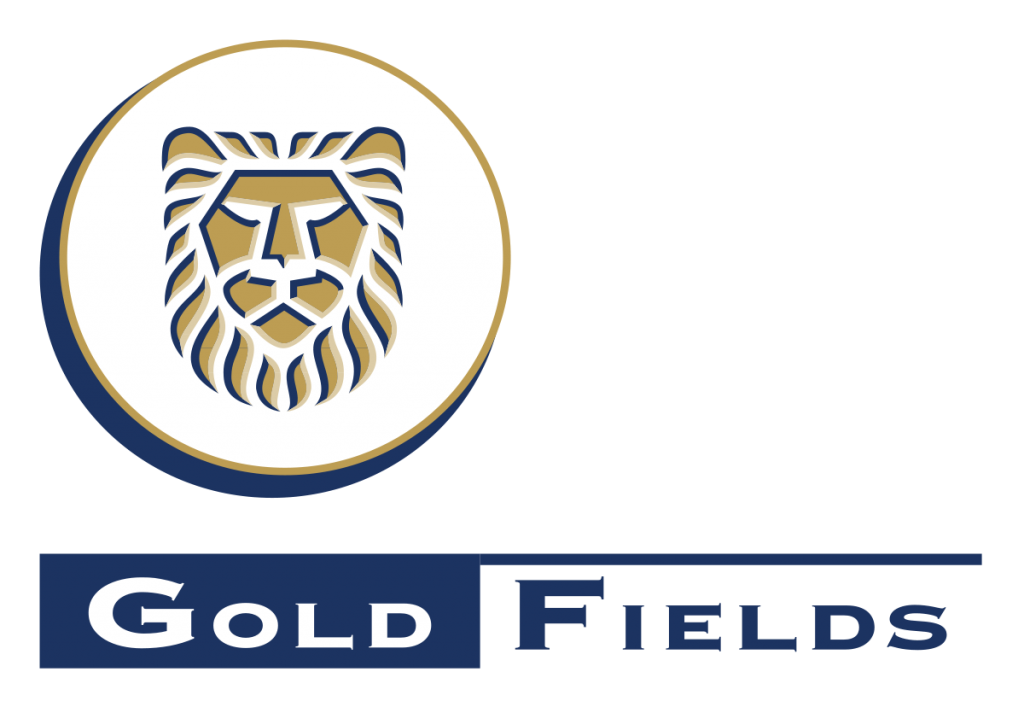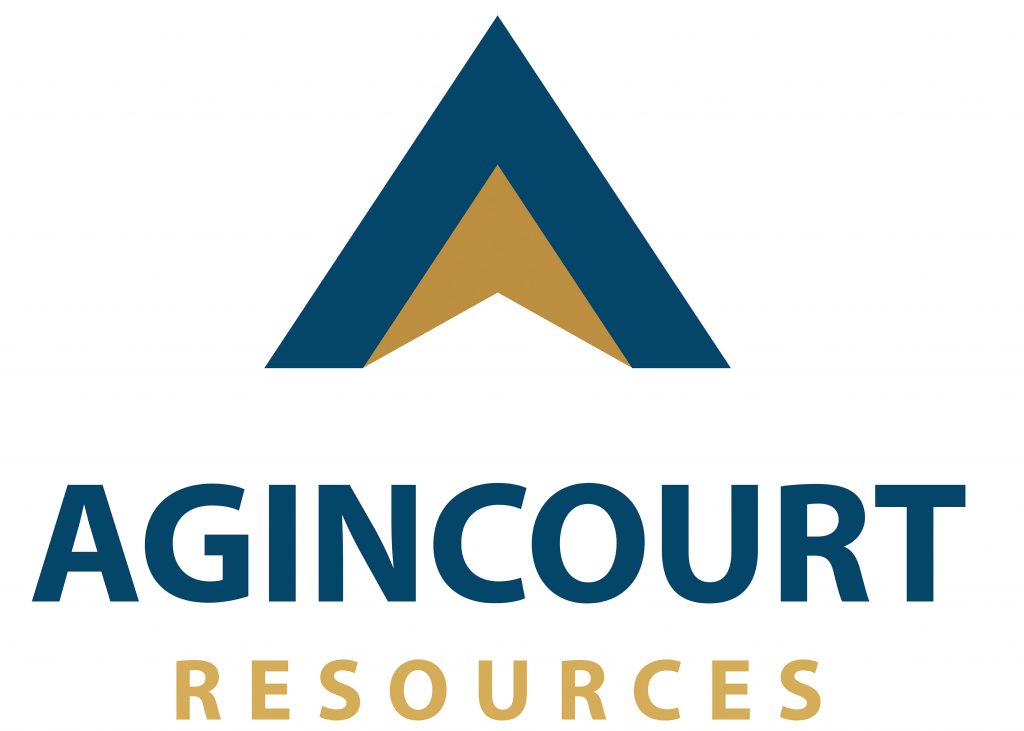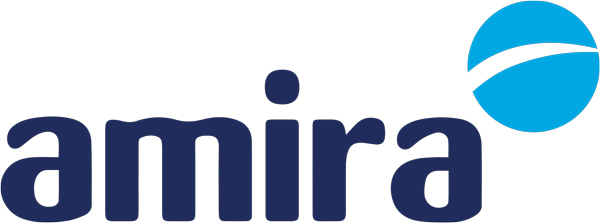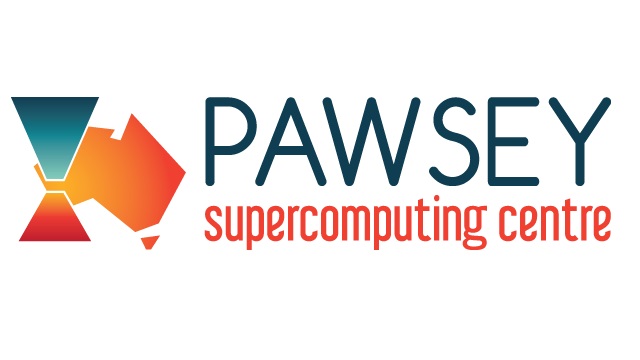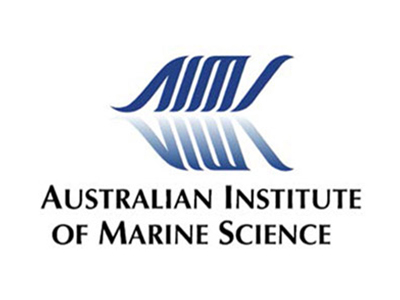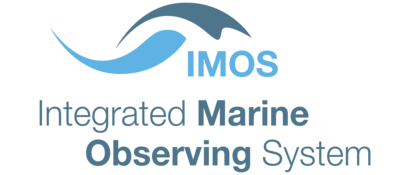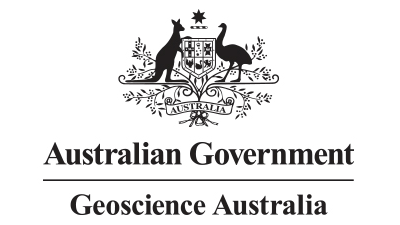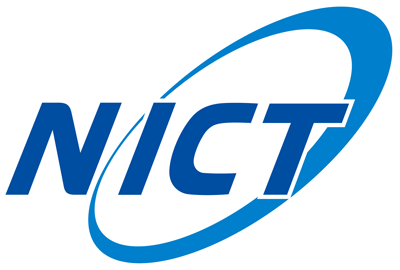Specialist Node > Satellite Remote Sensing
Satellites provide a uniquely efficient way of making repetitive observations of Earth’s land, coast and oceans that allow for a wide range of applications, especially as past observations now provide decades of data to analyse.
Our research teams, overseen by Professor Charitha Pattiaratchi, focus on:
- Seasonal and inter-annual variability of sea surface temperature, surface chlorophyll, ocean circulation and kinetic energy around Australia
- Mesoscale and sub-mesoscale eddy activity off Western Australia
- Island wakes and ocean fronts in the Indian Ocean
- Marine heat waves and cold episodes around Australia
- Prediction and impacts of tropical cyclones in Western Australia
- Quantifying vertical and lateral ocean transport due to fronts and eddies
- Meaningful monitoring of Tailings Storage Facilities using established and emerging monitoring technologies
- High-return rate measurements of coastal bathymetry (ocean depth)
- The Aerial Archaeology in the Kingdom of Saudi Arabia (AAKSAU) project
- Enhancing maritime safety, security, compliance, and law enforcement with the use of satellite data
- Hydrology from space: measuring floods and water resources using satellite remote sensing
- Satellite governance and remote sensing legislation
Avionics for sensing and imaging
Our research team, led by Professor Lorenzo Faraone, is developing world-leading electro-optic sensors, imaging devices, and electronic systems for space-based earth observation and space situational awareness.
We focus on:
- Material production for IR sensors and imaging arrays (Molecular beam epitaxy (MBE) growth of device-grade HgCdTe)
- Tuneable filters for IR spectroscopic sensing (MEMS-based)
- Design and fabrication of IR imaging arrays up to 640×512 pixels
- Modelling of atmospheric effects on optical propagation
We are also active developers of cutting-edge quantum sensing technologies, working in collaboration with UWA Professor Michael Tobar of the Quantum Technologies and Dark Matter Research Lab.

